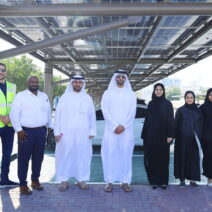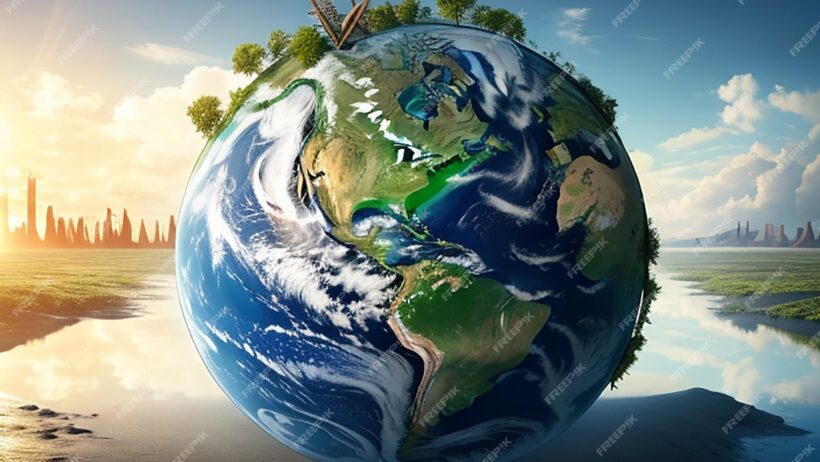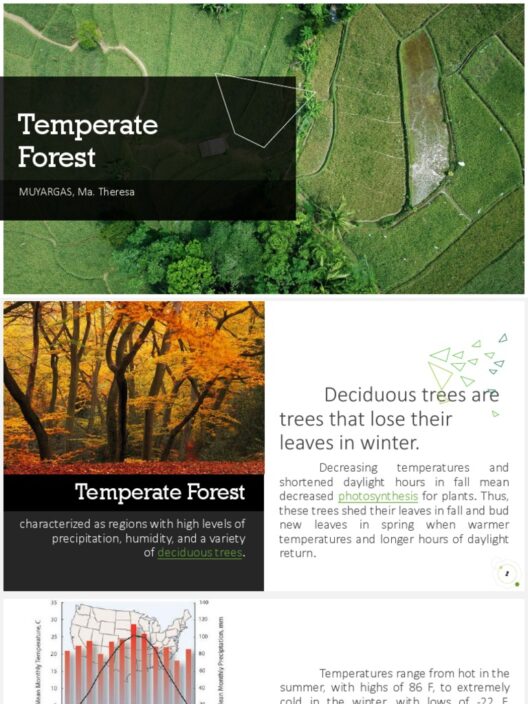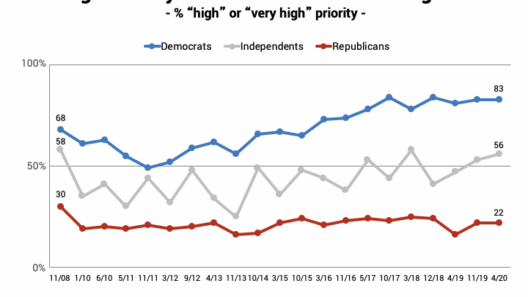Global warming represents one of the most pressing challenges of our era. The Earth’s average temperature has been rising consistently, primarily due to human activities such as fossil fuel combustion, deforestation, and industrial processes. It is imperative that we take swift, effective action to counter this phenomenon. This discourse delineates various strategies for protecting our planet and highlights global efforts that inspire collective action toward environmental sustainability.
To commence, we must understand the multifaceted nature of climate change. While individual actions are crucial, the onus also rests upon governments, corporations, non-profit organizations, and communities worldwide. Comprehensive strategies can be employed at local, national, and international levels to mitigate climate change impacts.
One of the most effective methods to combat global warming is transitioning to renewable energy sources. Solar, wind, hydropower, and geothermal energy are not only sustainable but also reduce reliance on fossil fuels. Countries like Denmark and Germany have made remarkable progress in wind and solar energy deployment, setting a benchmark for others globally. The push for renewable energy not only curtails greenhouse gas emissions but also creates jobs and fosters economic growth.
Promoting energy efficiency in buildings, transportation, and industries is another vital tactic. Simple actions, such as enhancing insulation in homes, utilizing energy-efficient appliances, and adopting electric vehicles, lead to significant reductions in energy consumption. Cities like San Francisco have enacted policies mandating energy audits for buildings, demonstrating an effective approach to reducing energy waste and emissions.
Forestry management and reforestation play a pivotal role in carbon sequestration. Trees absorb carbon dioxide from the atmosphere, thus alleviating the severity of global warming. Initiatives like the Bonn Challenge aim to restore 150 million hectares of deforested and degraded land by 2020. These global commitments inspire countries to reexamine their land-use practices and implement more sustainable forestry management techniques.
Another aspect to consider is the importance of sustainable agriculture. Traditional farming practices often contribute to greenhouse gas emissions. However, by adopting practices such as crop rotation, agroforestry, and organic farming, we can diminish the carbon footprint of food production. As exemplified by regenerative agriculture initiatives in Africa, incorporating indigenous knowledge can substantially enhance soil health and increase resilience to climate change.
Global participation is indispensable for successful climate action. The Paris Agreement epitomizes the collaborative effort to limit global temperature rise to below 2 degrees Celsius. Countries voluntarily commit to reducing their emissions while tracking accountability through nationally determined contributions (NDCs). This agreement has galvanized international dialogue, leading to heightened awareness and cooperation among nations.
Public awareness and community engagement are vital in the fight against climate change. Grassroots movements, such as Fridays for Future, initiated by youth activists like Greta Thunberg, have inspired millions worldwide to demand urgent action from leaders and policymakers. Education plays an integral role; informing communities about climate science empowers individuals to make sustainable choices and advocate for systemic change.
Moreover, fostering innovation and technological advancements is crucial for the development of solutions that mitigate climate change. Investments in clean technologies can lead to breakthroughs that revolutionize energy generation, carbon capture, and sustainable materials. The transition to a circular economy, wherein waste is minimized and resources are reused, is crucial for diminishing pollution and conserving ecosystems.
Engaging in policy advocacy is another integral component of climate action. Individuals and organizations must hold governments accountable for their climate commitments, pushing for stringent environmental regulations and sustainability initiatives. Advocacy groups can amplify local voices, ensuring that marginalized communities are included in climate discussions and efforts, as they often face the brunt of climate impacts.
Furthermore, biodiversity preservation is essential for maintaining the resilience of ecosystems in the face of climate change. Protecting natural habitats, such as wetlands and forests, safeguards the myriad of species that play integral roles in ecological balance. Initiatives like the Convention on Biological Diversity serve as platforms for global discussions aimed at protecting biodiversity and ecosystems from the adverse effects of climate change.
Climate adaptation strategies are equally vital. Vulnerable communities must be equipped to face the consequences of climate change, such as rising sea levels and extreme weather events. Investments in adaptive infrastructure, such as flood defenses and drought-resistant crops, can help mitigate risks and provide communities the resilience necessary to weather climate adversities.
In conclusion, combating global warming necessitates a concerted effort across all sectors of society. Transitioning to renewable energy, enhancing energy efficiency, promoting sustainable agriculture, and fostering innovation are crucial strategies in this endeavor. The collective responsibility borne by individuals, organizations, and governments creates a tapestry of action that can collectively mitigate climate change. Global efforts such as the Paris Agreement and campaigns led by youth activists highlight the power of unity in addressing one of humanity’s greatest challenges. Embracing these strategies can inspire future generations to continue the fight for a healthier, more sustainable planet.







